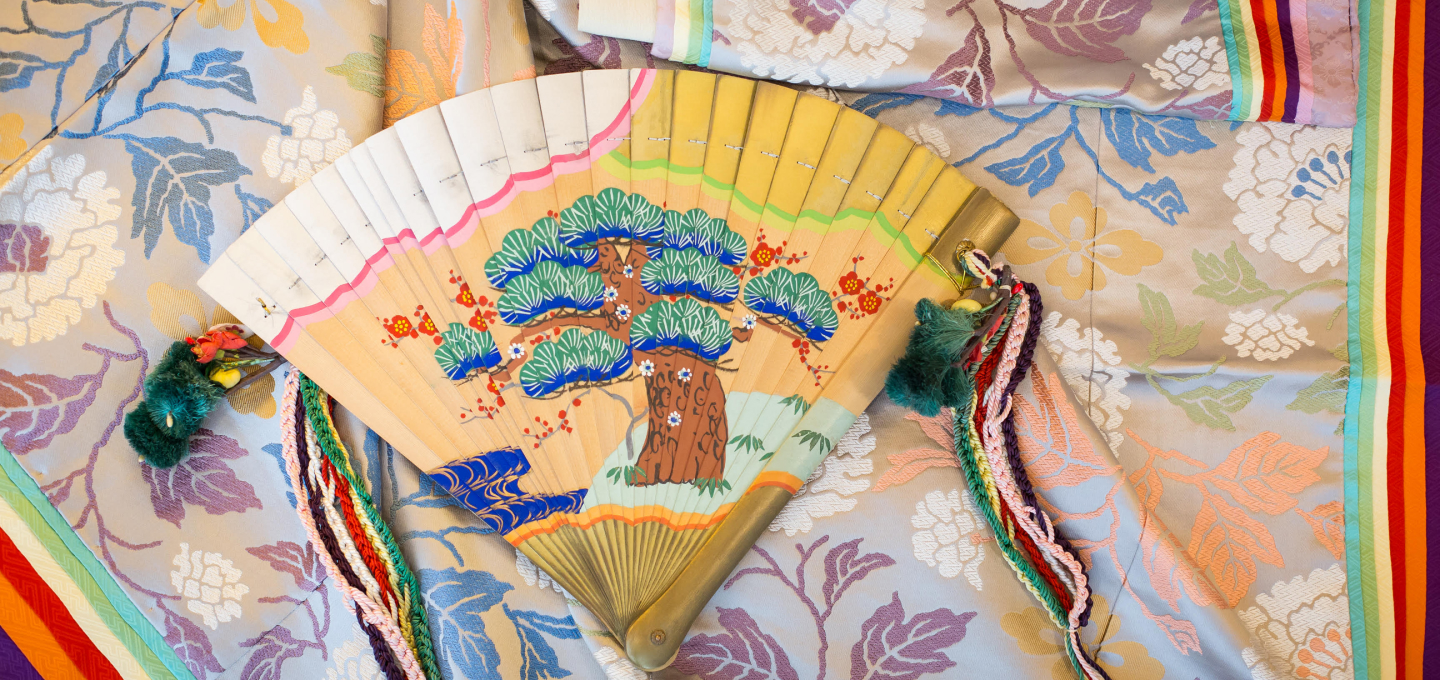
Special Experience
Kyoto
Private Kyoto Temple Garden Tour and Genji-inspired Incense Guessing Experience—With Matcha
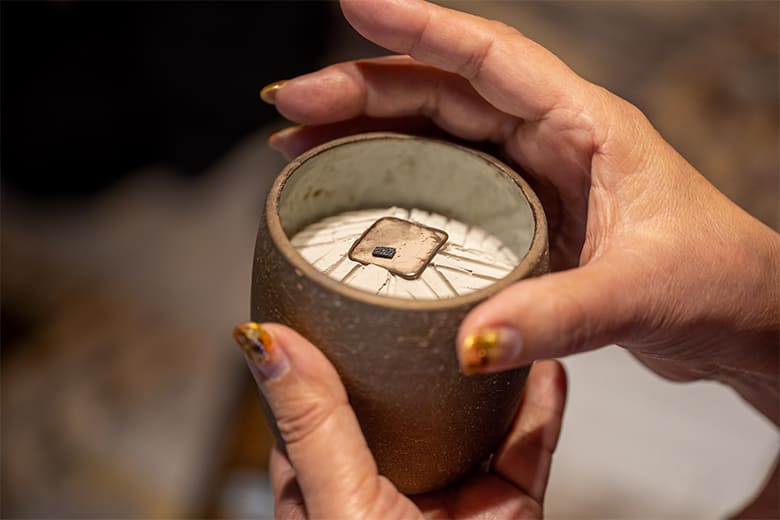
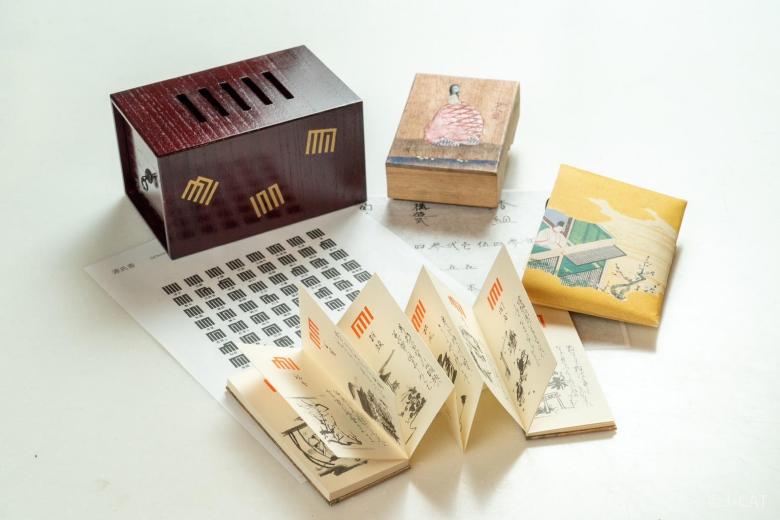
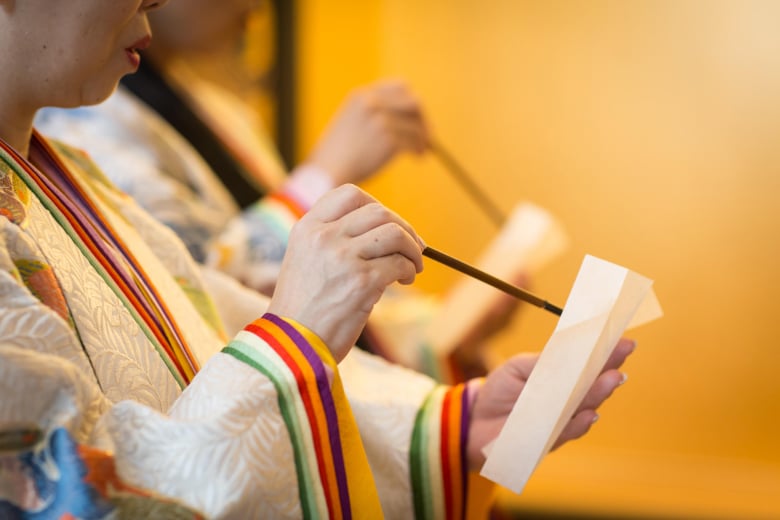
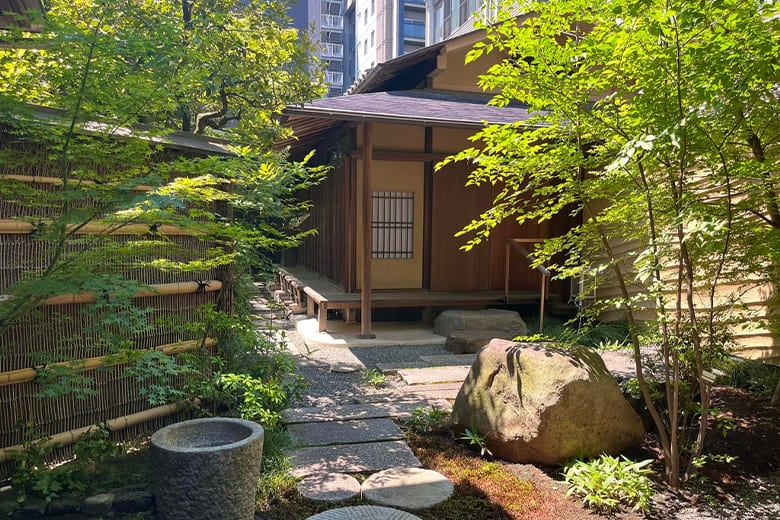
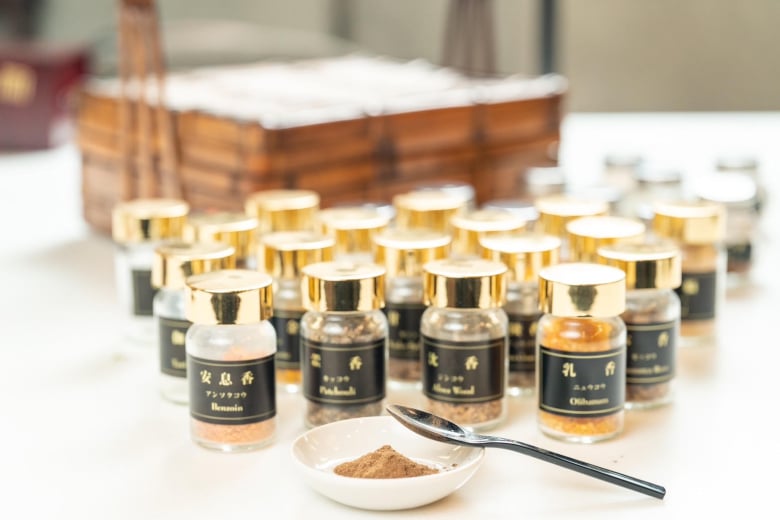
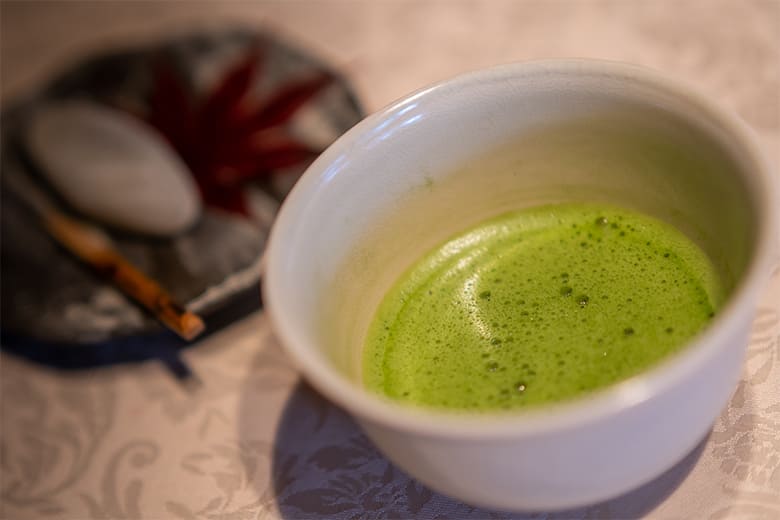
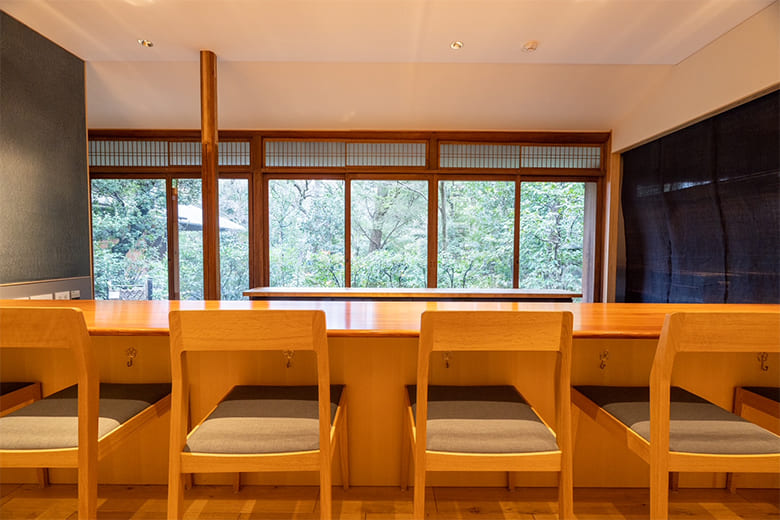
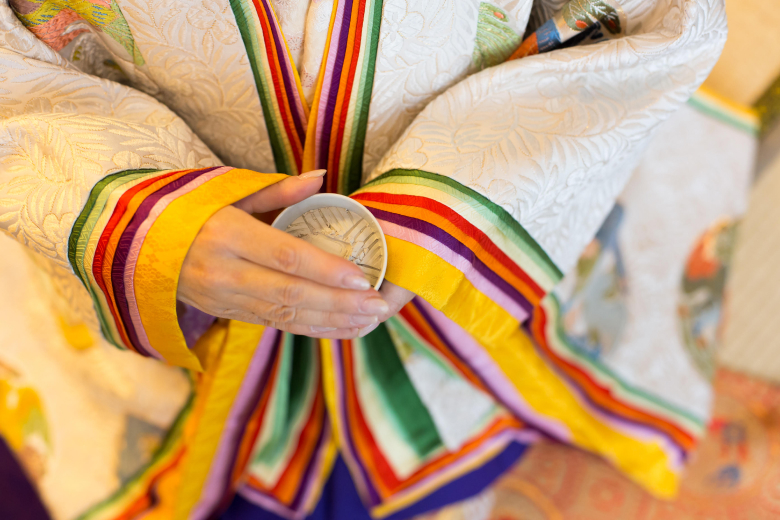
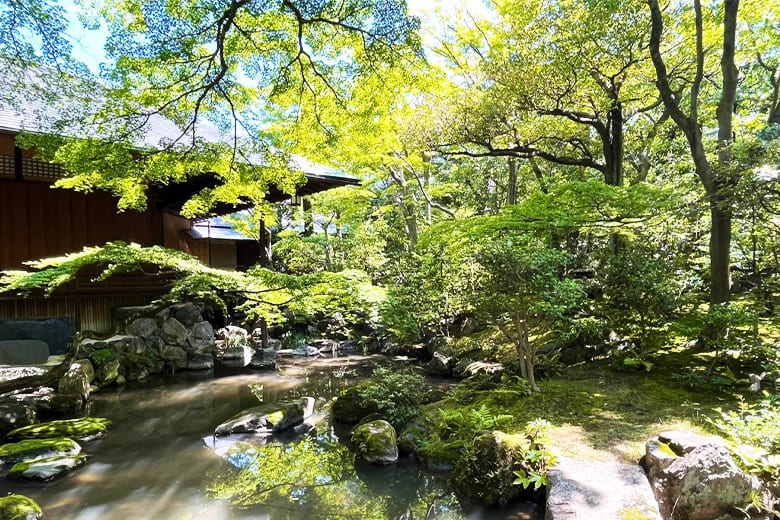
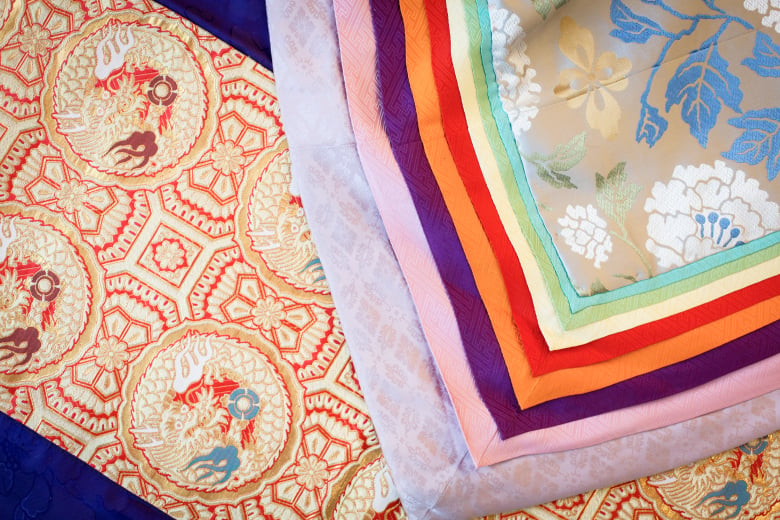
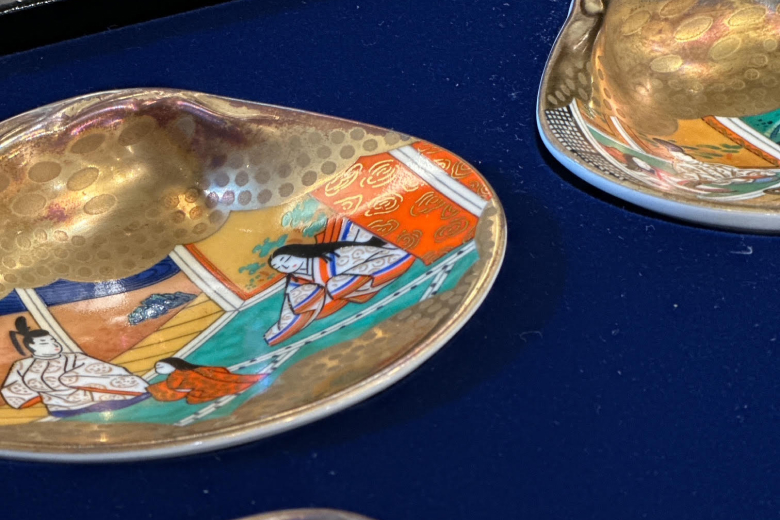
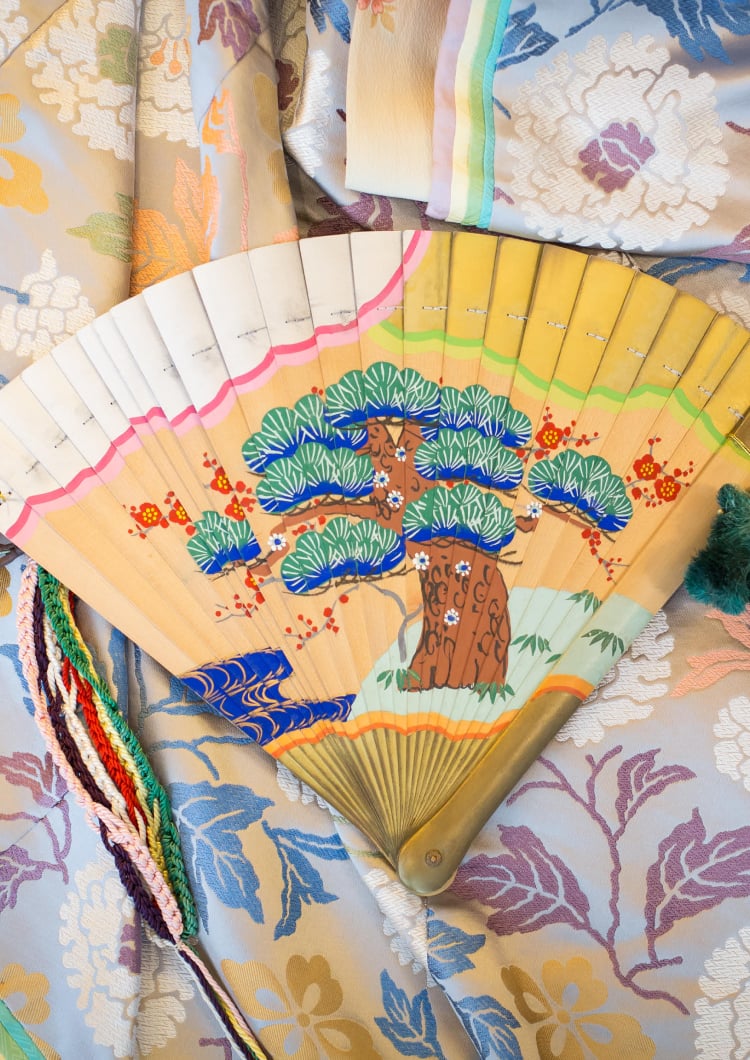












Overview
Alongside the more well-known arts of tea ceremony and flower arrangement, incense appreciation, or kodo, is one of Japan’s most storied traditional art forms. At Zikido Ichifune, after learning the basics of kodo from an expert, you can enjoy an incense guessing game, Genjiko, inspired by The Tale of Genji, often regarded as the world’s oldest novel. The experience concludes with a serving of matcha, offering a moment to connect with Japan's refined fragrance culture.
Key Features
・Learn the basics of kodo from an expert, then enjoy Genjiko, an incense guessing game inspired by The Tale of Genji, often said to be the world's oldest novel
・Set at Zikido Ichifune, a private dining venue at Kyoto’s Kosei-in Temple, the experience also includes matcha
・Private viewing of Kosei-in’s famous gardens
Kyoto
150mins
from ¥46,000 /person
1 - 8 participants
Available in English
Cancel free up to 17 days prior
Details
A Garden Full of Fragrance
Kosei-in Garden lies by the source of the Takase River, near the Kyoto Imperial Palace. It was built as part of a residence by samurai Ijuin Kanetsune in the nineteenth century, and became a temple of the Rinzai sect of Zen Buddhism in the 1950s.
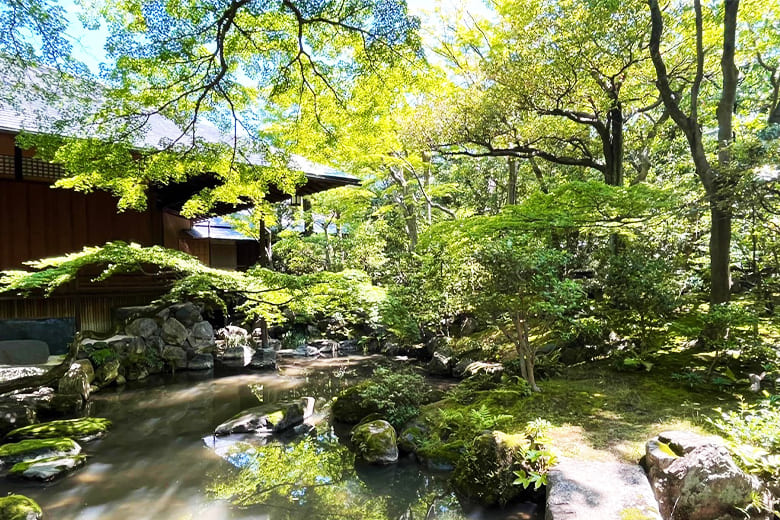
The garden represents a turning point in landscape design and is designated as a Place of Scenic Beauty
After the Meiji Restoration abolished the samurai class in the late nineteenth century, Kanetsune became an active businessman, and was involved in the construction of the modern Imperial Palace alongside many other famous buildings. In particular, he oversaw the design of Kosei-in’s garden, which demonstrates a remarkable flow between the buildings of the residence and the water of the Takase River.

Zikido Ichifune is based on the residence of the temple’s founder
The long granite bridge that spans the pond is notable for its intricate carvings and harmony with the water’s surface. The garden as a whole has been designated a Place of Scenic Beauty by Kyoto City. While the garden is usually closed to the public, this experience includes a private tour of the grounds before the main kodo session.
Auspicious Beginnings
After viewing the garden, guests proceed to Zikido Ichifune, a private venue with a counter looking out onto the garden. Large windows and liberal use of natural materials help both interior and exterior blend in with the surroundings. The paintings on the walls are the work of internationally acclaimed artist Kohei Nawa.

Zikido Ichifune’s long counter offers excellent views of the garden
“Listen” to the Fragrance and Try the Incense Game Genjiko
In Zikido Ichifune, learn the basics of scent appreciation from an expert of Kodo-Mishina-Ooe School. Kodo, or the Way of Incense, is one of Japan's "Three Arts," alongside tea ceremony and flower arrangement, blending elements of history, calligraphy, and culture. In kodo, we "listen" to the fragrance, tuning in with focus and reflecting inwardly to experience a deeper, more meaningful moment.

The fragrances sharpen your senses (photo for illustration)
In this Wabunka-exclusive experience, you'll distinguish and identify different scents in the incense guessing game Genjiko, inspired by The Tale of Genji, said to be the world’s oldest novel. The design used in Genjiko is based on the traditional Genjiko-no-Zu pattern, commonly seen in Japanese crafts and kimono.

Tools used in Genjiko: take a moment to appreciate the design of each piece
The rules of Genjiko will be explained in detail, so even beginners can approach the game with confidence. Enjoy imagining the story of The Tale of Genji through the scents.
Create a One-Of-A-Kind Fragrance as a Souvenir of Your Experience
After Genjiko, you'll blend natural scents to craft your own fragrance, which you can take home as a sachet. In the Heian period (794-1185), nobles often infused their kimono with their personal fragrances, making scent a part of daily life, as seen in The Tale of Genji. Let your imagination guide you as you create a fragrance that's uniquely yours.

You can choose your favorite scent from a wide variety of options
Reflect on Your Experience With Matcha From Uji, Kyoto
When the session is over, guests can relax and unwind with freshly-brewed matcha tea and seasonal confectionery. The tea is sourced from Yamamoto Jinjiro, centuries-old tea shop in Uji, near Kyoto. The tea is grown using the honzu method, which has endured for about 400 years and requires each leaf to be picked by hand. Honzu tea is characterised by its strong flavour and lack of bitterness.

The tea is grown in a single garden using only one variety of tea plant
Participants can enjoy the afterglow of the session over tea as they share their impressions of the fragrances and the Genji-ko ceremony. Guests are also welcome to return to the garden for another stroll.
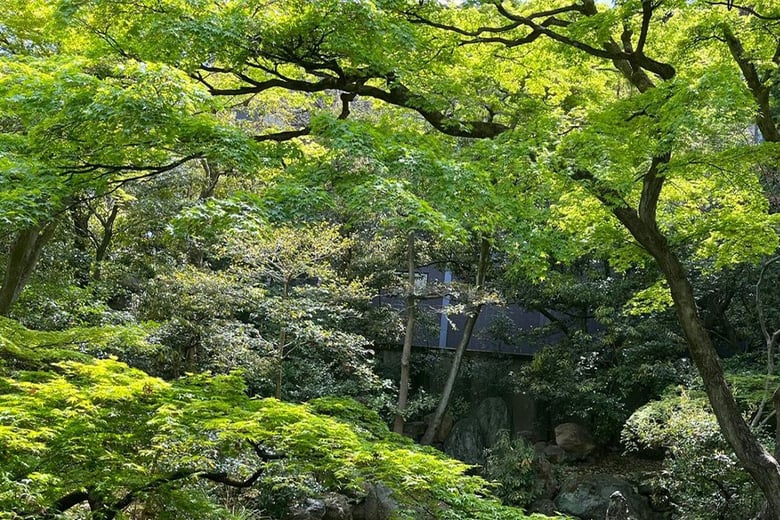
Refreshment in nature
The natural fragrances of the garden may become more apparent after one has honed their sense of smell. It is one example of the way in which Ryushi Mishina hopes to use kodo to make everyday life more enjoyable. Through such careful concentration on one sense, the flow of time can be interrupted, then perhaps restarted with greater intentionality than before.
Zikido Ichifune/ Kodo-Mishina-Ooe School

Zikido Ichifune/ Kodo-Mishina-Ooe School
【Zikido Ichifune】
Located in the grounds of Kosei-in Garden, this unique dining and entertainment venue is open to the public for the first time. Created using natural materials and refined traditional techniques, it overlooks the famous work of landscape gardener Ijuin Kanetsune.
【Kodo-Mishina-Ooe School】
In 2000, Ryushi Mishina founded the Ooe School, originally descended from the Oie School, with the aim of reviving its traditional practices. Ooe School and Oie School are one of Japan’s oldest kodo schools, and are strongly associated with Japan’s ancient aristocracy. Kodo-Mishina-Ooe School is committed to the modern appreciation of kodo and its continued use as a way of understanding traditional and continuing Japanese culture.
Customer's Voice
The experience was great. Very unique and interesting. Provided us with a glimpse into a special Japanese cultural tradition.
S.G. United States
The experiences feel so personal, and generous of those giving them. Feeling like we got to have rare and not overly touristy experiences that aligned with our interests.
J.G. United States
Location
Zikido Ichifune
Nakagyo Ward, Kyoto
Request for booking
Select first preferred date (JST)
January 2026
Sun
Mon
Tue
Wed
Thu
Fri
Sat

Instant Booking

Request Booking

17
Full

17
Unavailable
Kyoto
150mins
from ¥46,000 /person
1 - 8 participants
Available in English
Cancel free up to 17 days prior
Things to know
Contact Us
If you have any questions, please contact us using the form below.
We also accept bookings from corporate clients and travel agencies.